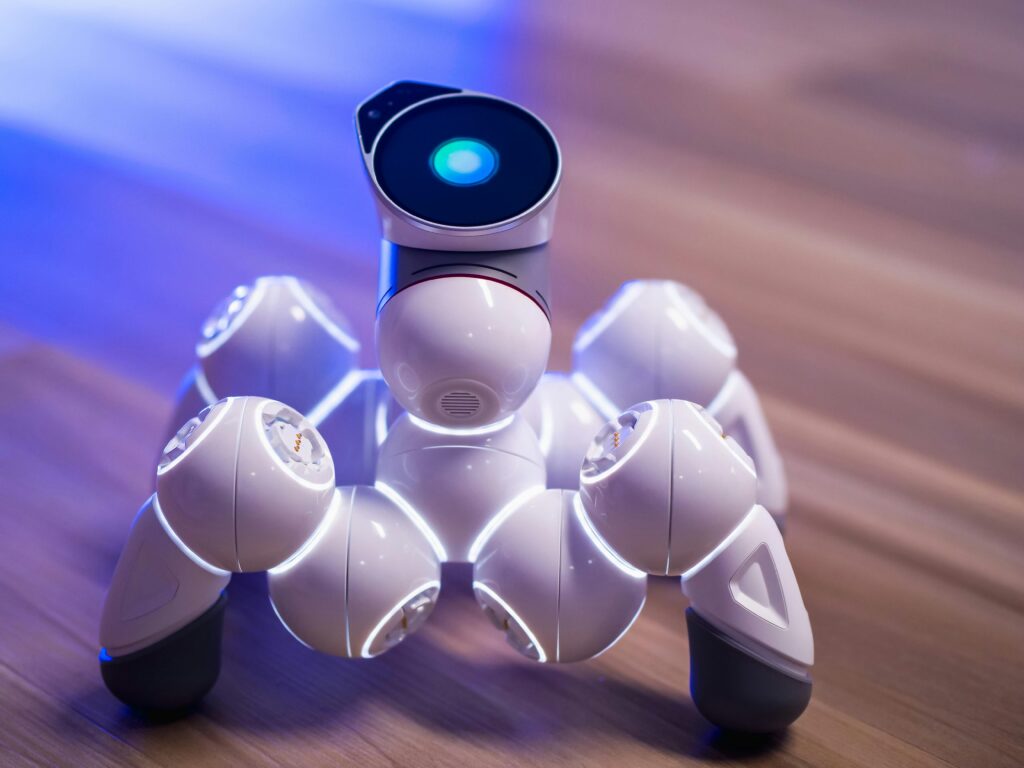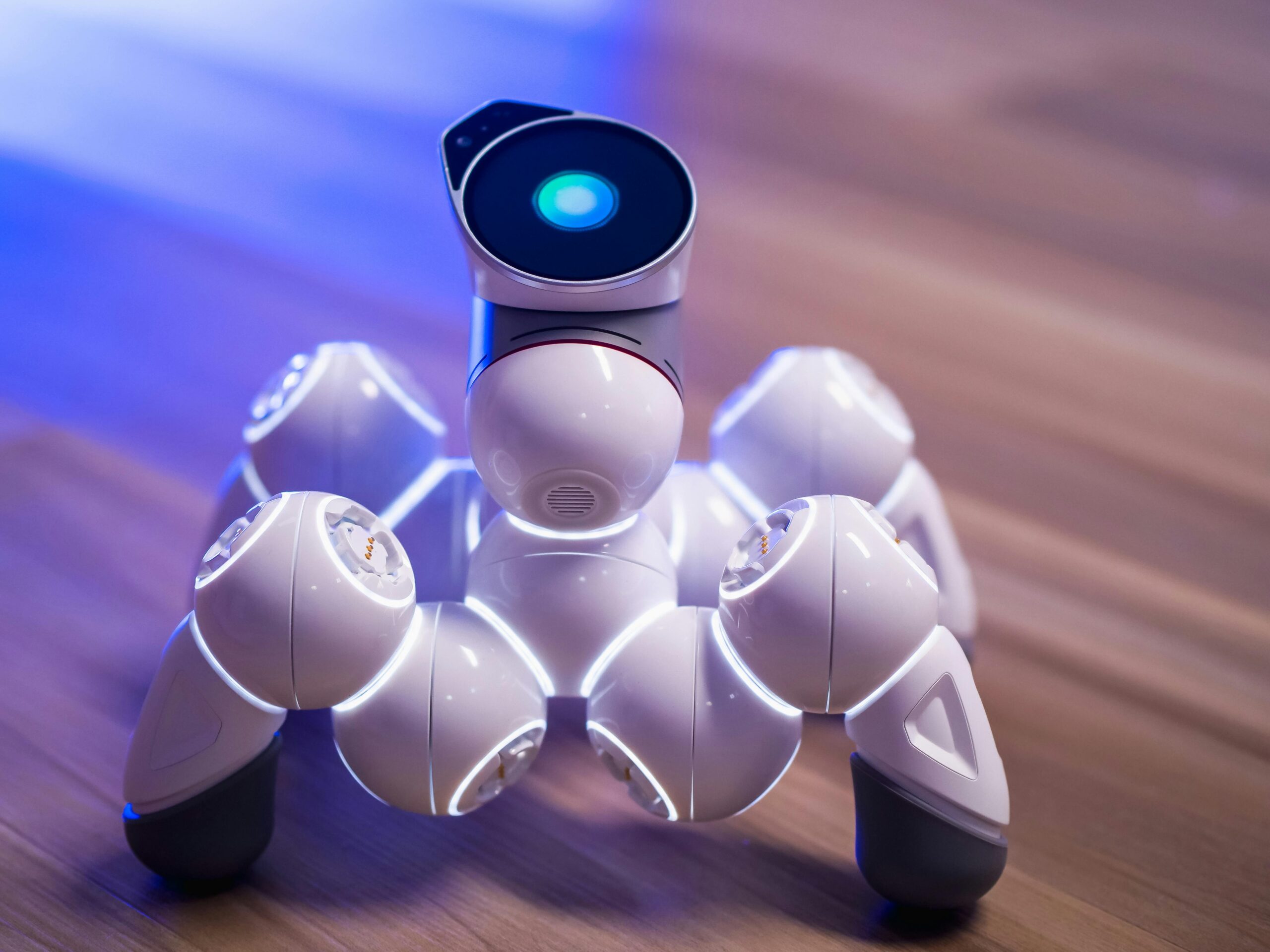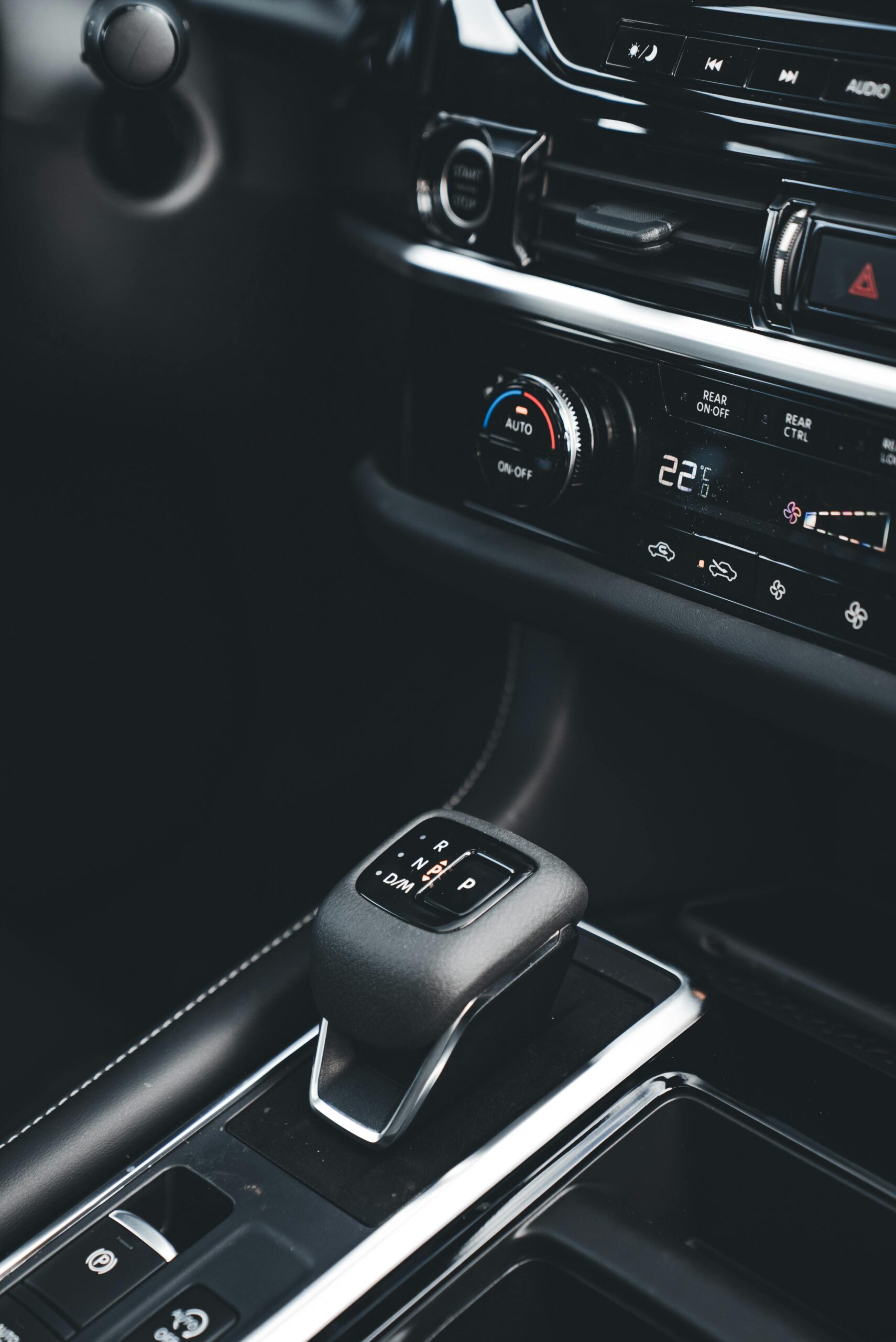In today’s world, automation and smart systems are changing the way we manage everyday utilities. Street lighting, a crucial part of urban infrastructure, is often left on for long hours, wasting significant amounts of energy. This is where the concept of Arduino Street Light Control Using IR Sensor: Smart Automation Project comes into play. By integrating microcontrollers and sensors, we can create intelligent street lighting systems that operate only when needed, reducing energy consumption and enhancing efficiency.
The Arduino Street Light Control Using IR Sensor: Smart Automation Project is not just a simple DIY experiment—it’s a scalable idea that cities can adopt to save electricity, minimize manual intervention, and contribute to environmental sustainability. In this article, we’ll explore the components, working principle, advantages, and real-world applications of this project.
Table of Contents

What is Arduino Street Light Control Using IR Sensor?
At its core, the Arduino Street Light Control Using IR Sensor: Smart Automation Project is a system that uses an Arduino microcontroller and infrared (IR) sensors to detect movement. When a vehicle or pedestrian passes by, the IR sensor sends a signal to the Arduino, which then turns the street light on. After a set time, or when no motion is detected, the light switches off.
This automation ensures that street lights operate only when necessary, making streets safer while conserving energy.
Components Required
To build the Arduino Street Light Control Using IR Sensor: Smart Automation Project, you’ll need the following components:
- Arduino Uno – The microcontroller board that processes signals.
- IR Sensors – To detect vehicles or pedestrians.
- LEDs or Street Light Bulbs – Representing actual street lights.
- Resistors – To protect LEDs and sensors from excessive current.
- Relay Module – For controlling high-power street lights.
- Breadboard and Jumper Wires – For easy connections.
- Power Supply – To run the Arduino and lights.
By combining these components, the Arduino Street Light Control Using IR Sensor: Smart Automation Project becomes a functional prototype of a larger system that can be deployed in cities.
Working Principle
The working of the Arduino Street Light Control Using IR Sensor: Smart Automation Project is straightforward:
- The IR sensor emits infrared light and detects any reflected rays when an object passes by.
- If a vehicle or pedestrian interrupts the IR beam, the sensor generates a signal.
- This signal is sent to the Arduino microcontroller.
- The Arduino processes the signal and turns on the connected street light.
- After a predefined delay, or when no object is detected, the light automatically turns off.
This process ensures that street lights glow only when required, preventing unnecessary power usage.
Circuit Design
In the Arduino Street Light Control Using IR Sensor: Smart Automation Project, the IR sensor is connected to one of the Arduino’s digital input pins. The street light (or LED for demonstration) is connected through a relay module to one of the output pins.
When the IR sensor detects motion, it sends a HIGH signal to the Arduino, which then triggers the output pin to switch on the street light. The relay ensures the safe operation of high-voltage lights, while the Arduino controls the timing and logic.
Advantages of Arduino Street Light Control Using IR Sensor
The Arduino Street Light Control Using IR Sensor: Smart Automation Project offers several benefits:
- Energy Efficiency – Lights turn on only when needed, reducing electricity waste.
- Automation – Eliminates the need for manual switching.
- Cost-Effective – Reduces power bills and long-term maintenance costs.
- Environmentally Friendly – Helps lower carbon emissions by conserving energy.
- Scalability – The same system can be expanded to manage an entire city’s street lights.
By adopting the Arduino Street Light Control Using IR Sensor: Smart Automation Project, cities can save millions in energy costs annually.
Applications
The Arduino Street Light Control Using IR Sensor: Smart Automation Project can be applied in several real-world scenarios:
- Urban Streets – Reducing unnecessary power consumption in cities.
- Highways – Lights turn on only when vehicles pass by.
- Parking Lots – Automatically illuminate when vehicles or people enter.
- Remote Villages – Provide cost-effective street lighting in areas with limited power.
- Industrial Areas – Automate outdoor lighting for safety and security.
These applications make the Arduino Street Light Control Using IR Sensor: Smart Automation Project highly versatile.
Challenges and Improvements
While the Arduino Street Light Control Using IR Sensor: Smart Automation Project is highly effective, there are some challenges:
- Weather Conditions – IR sensors may not work efficiently in fog, rain, or dust.
- Power Supply Dependence – Requires consistent power for the Arduino and sensors.
- Maintenance – Sensors must be checked periodically for dust or misalignment.
Possible improvements include:
- Using PIR (Passive Infrared) Sensors for better human detection.
- Adding solar panels to power the street lights sustainably.
- Integrating IoT (Internet of Things) for remote monitoring and control.
- Combining with machine learning algorithms to optimize lighting patterns.
By incorporating these upgrades, the Arduino Street Light Control Using IR Sensor: Smart Automation Project can become even more reliable and futuristic.
Future Scope
The future of the Arduino Street Light Control Using IR Sensor: Smart Automation Project lies in smart cities. Imagine a city where every street light is connected to a central IoT platform, adjusting brightness based on traffic density, weather, or time of day. With renewable energy integration, such systems could be entirely self-sustaining, contributing to a greener planet.
Additionally, governments and municipalities could adopt these systems at scale, ensuring that energy efficiency and sustainability become central to urban planning.
Conclusion
The Arduino Street Light Control Using IR Sensor: Smart Automation Project is more than just a student experiment—it is a practical, real-world solution for energy conservation. By using simple components like Arduino and IR sensors, we can design a system that automatically controls street lights, saving power and enhancing safety.
From reducing costs to promoting sustainability, the Arduino Street Light Control Using IR Sensor: Smart Automation Project stands out as a perfect example of how technology and innovation can solve everyday problems. With further enhancements like solar power and IoT integration, this project has the potential to transform urban lighting systems worldwide.
As cities grow and energy demands increase, projects like the Arduino Street Light Control Using IR Sensor: Smart Automation Project will play a key role in building a smarter, greener future.





